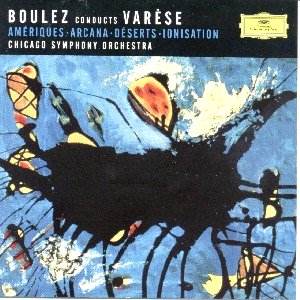 Composer: Eduard Tubin
Composer: Eduard Tubin
Works: Complete Music for Violin, Viola and Piano
Performers: Arvo Leibur (violin), Petra Vahle (viola), Vardo Rumessen (piano)
Recording: 11-20 July 1991, Danderyd Grammar School Gymnasium, Sweden
Label: BIS
Eduard Tubin, a pivotal figure in 20th-century Estonian music, represents a bridge between the folkloric traditions of his homeland and the broader currents of European modernism. This comprehensive collection of his chamber works for violin, viola, and piano encapsulates his evolution as a composer, reflecting both his early influences and the darker textures that emerged during his later periods. Tubin’s music, particularly through the lens of these performances, reveals a rich tapestry woven from the threads of Estonian folk music and the broader European avant-garde, making this recording an essential listen for those seeking to understand his unique voice.
The performers—Arvo Leibur on violin, Petra Vahle on viola, and Vardo Rumessen on piano—bring a remarkable depth and nuance to Tubin’s works. The sequence of pieces is predominantly chronological, allowing listeners to trace Tubin’s stylistic development. The “Three Pieces” (1933) and the “Ballade” (1939), for instance, capture the youthful exuberance of a composer deeply engaged with his cultural roots; both pieces exhibit lively rhythms and folk-inspired melodies, while also hinting at the more serious themes that permeate his later compositions. Leibur’s interpretation of the “Ballade” is particularly striking, showcasing his ability to balance lyrical lines with a sense of introspective gravitas, which is further emphasized by Rumessen’s sensitive piano accompaniment.
Technical execution throughout this recording is consistently commendable. Vahle’s viola, especially in the “Viola Sonata” (1965), delivers a compelling blend of warmth and incisiveness, capturing the somber qualities of Tubin’s later style. The sonorous depth of the viola contrasts beautifully with the violin’s bright timbre, as evidenced in the “Alto Saxophone Sonata” arrangement, where the interplay between the two instruments creates an intricate dialogue. The dynamic range is expertly handled; the more aggressive passages are played with a fiery intensity, while the softer, more contemplative moments radiate a quiet tenderness.
The recording quality itself is exemplary, a hallmark of BIS’s commitment to high-fidelity sound. The clarity of the instruments allows for an intimate listening experience, with each note resonating beautifully in the acoustic space of the Danderyd Grammar School Gymnasium. The engineering captures the subtle nuances of each performance, from the delicate piano whorls in the “Prelude” (1944) to the robust energy of the “Suite of Estonian Dance Tunes” (1979). Such attention to detail enhances the listener’s appreciation of Tubin’s intricate textures and harmonic language.
While Tubin’s works have not always received the attention they deserve compared to contemporaries like Shostakovich or Prokofiev, this recording serves as a vibrant testament to his artistry. Comparatively, the interpretations presented here stand out for their emotional honesty and technical precision. Unlike some renditions of Tubin’s chamber music that can feel overly academic or detached, Leibur, Vahle, and Rumessen infuse the music with a palpable sense of life and urgency.
This two-disc set not only showcases Tubin’s mastery of the violin and viola but also underscores his ability to merge folk elements with modernist techniques. The expansive span of works included offers a comprehensive portrait of a composer whose music is deeply rooted in his homeland yet resonates with universal themes. The intelligent programming, coupled with the performers’ passionate interpretations, positions this collection as a definitive exploration of Tubin’s chamber music.
The synthesis of these elements reveals a composer who, though often overshadowed by his more famous contemporaries, holds a unique and significant place in the pantheon of 20th-century music. This recording is an invaluable addition to the repertoire, essential for both the seasoned listener and those new to Tubin’s work.



